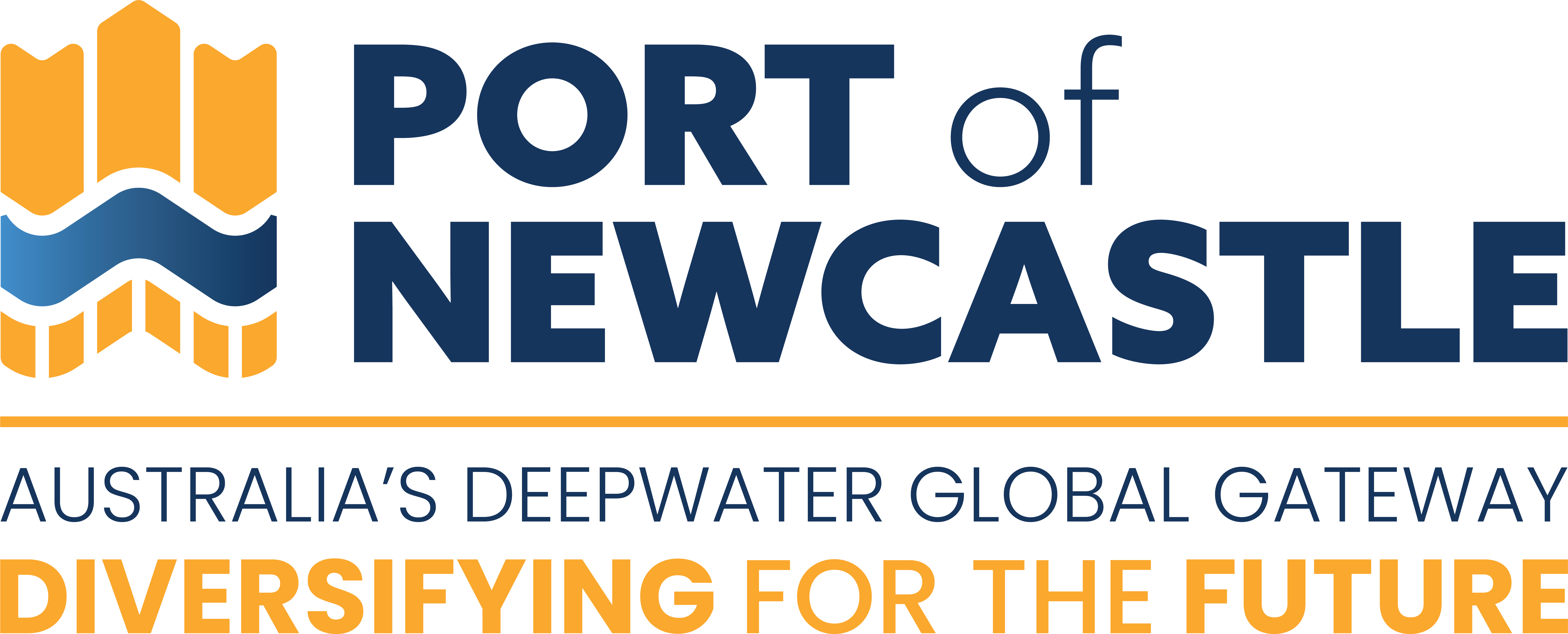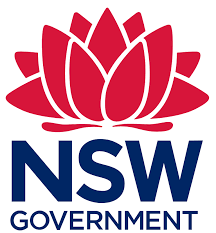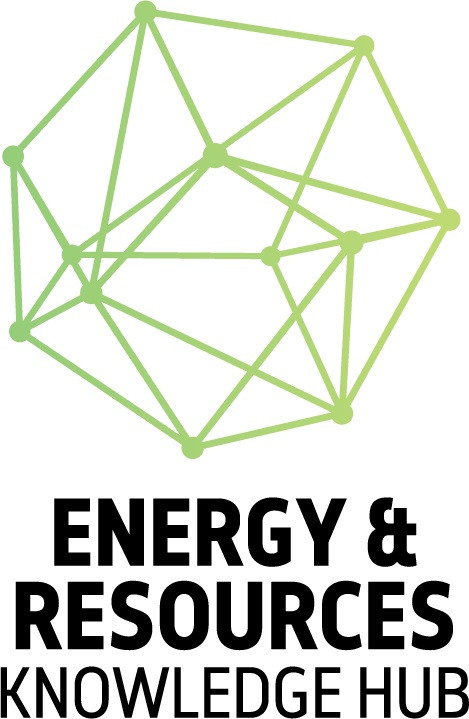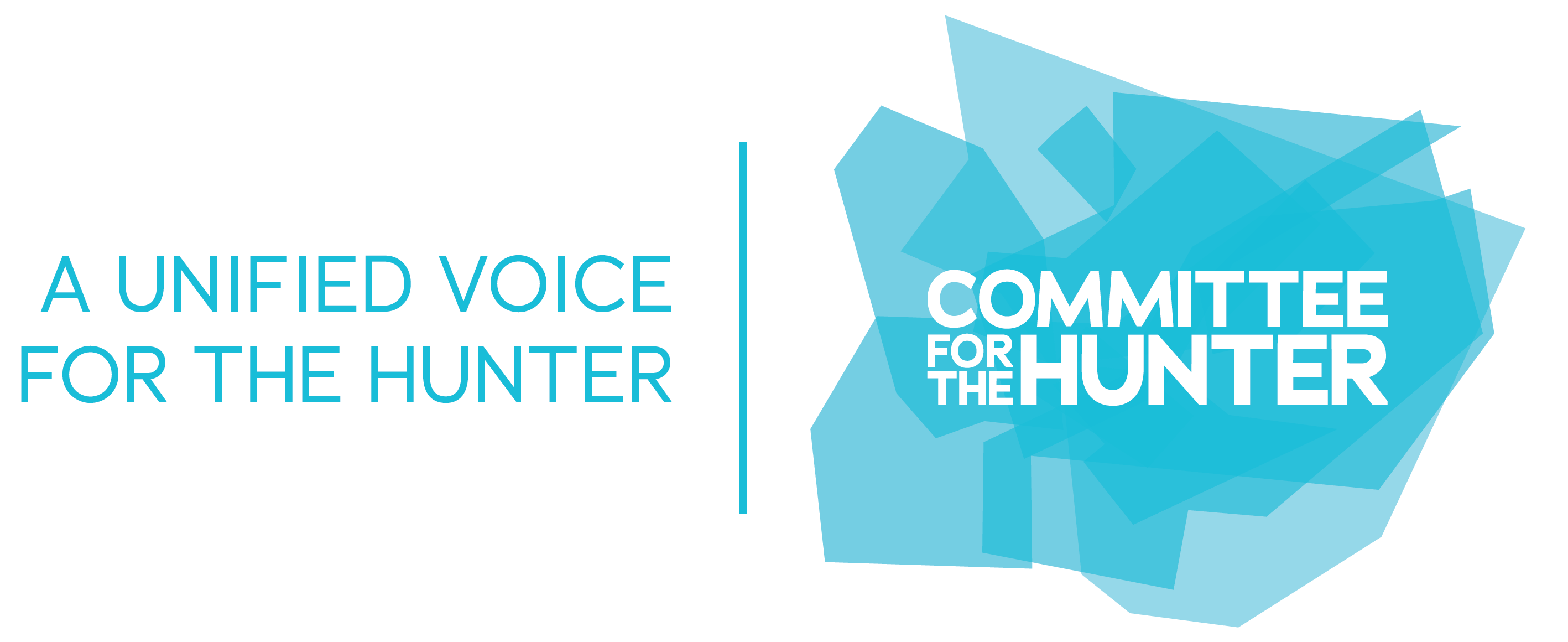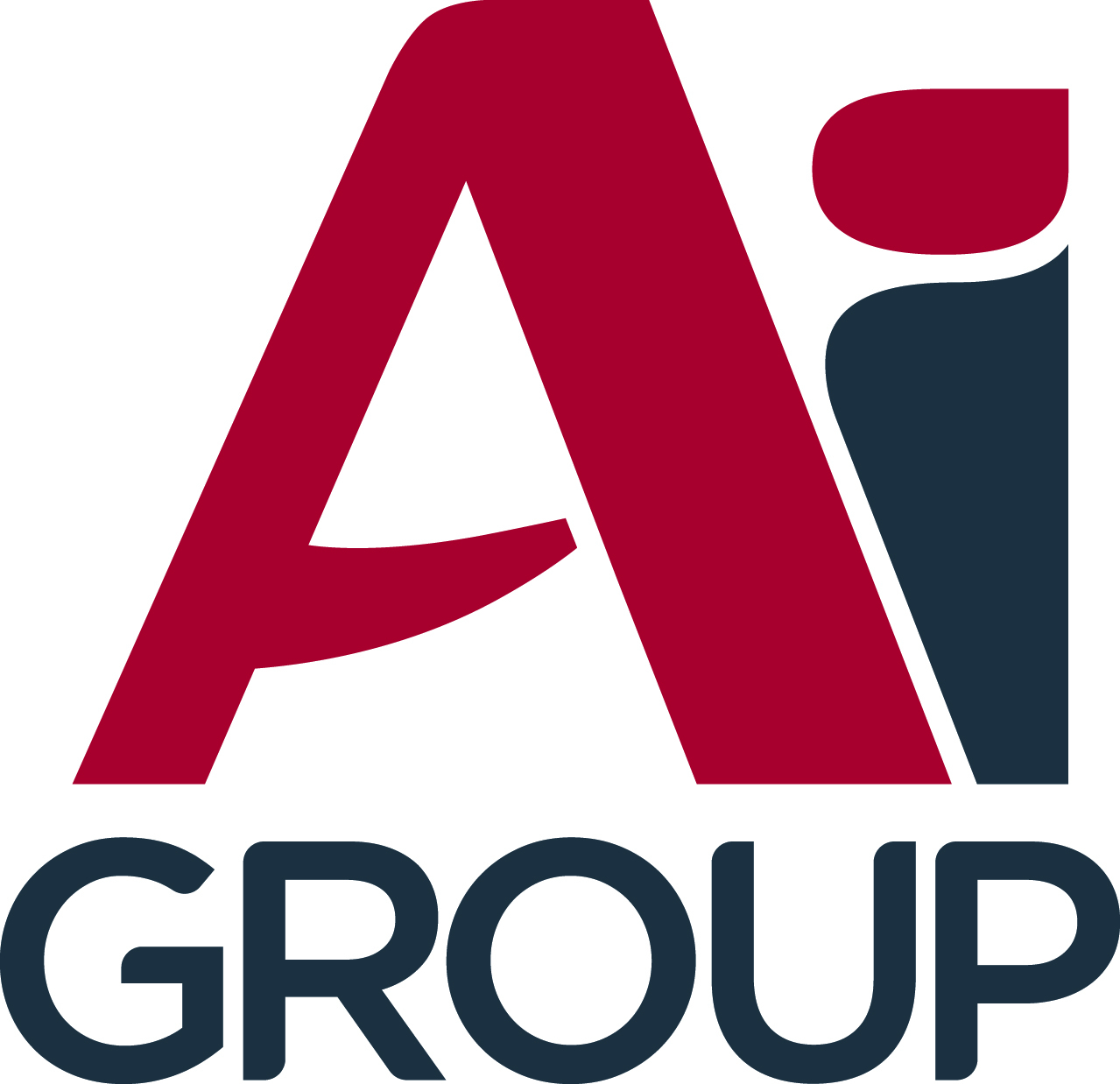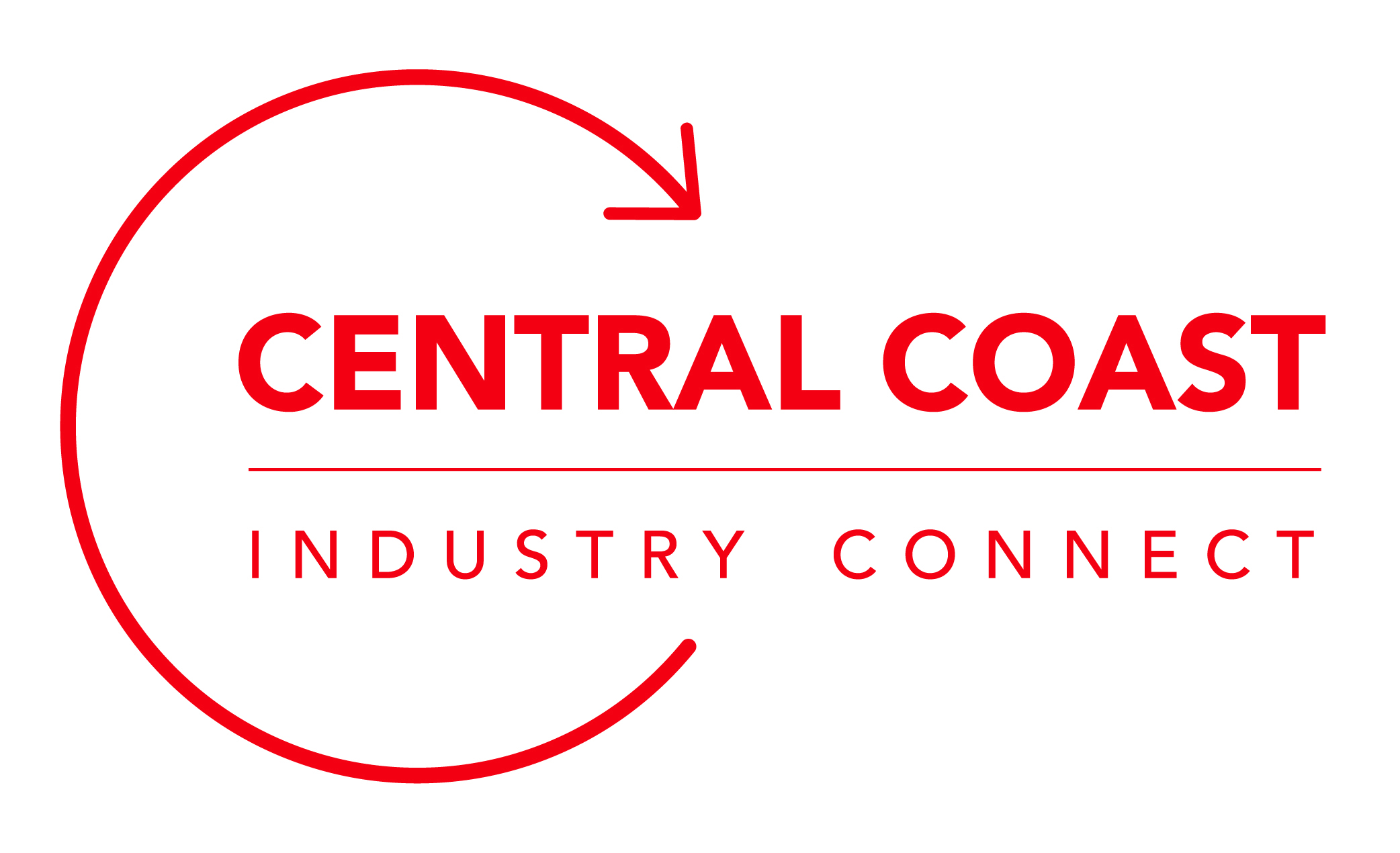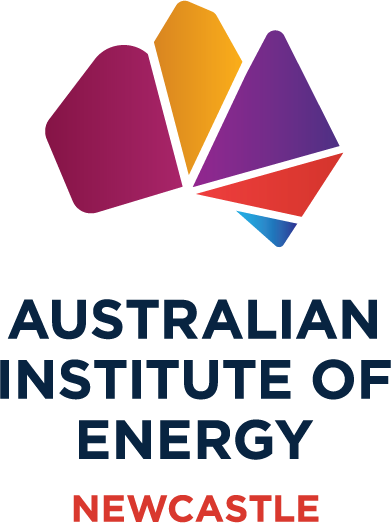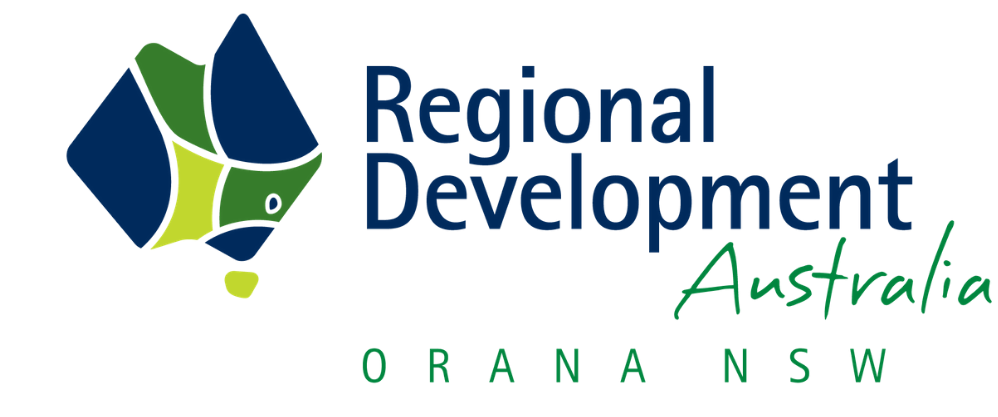ARENA funding to support Fortescue plans for massive hydrogen electrolyser
The proposed 500 MW electrolyser would be capable of producing 70,000 tonnes of renewable hydrogen each year to help decarbonise ammonia.
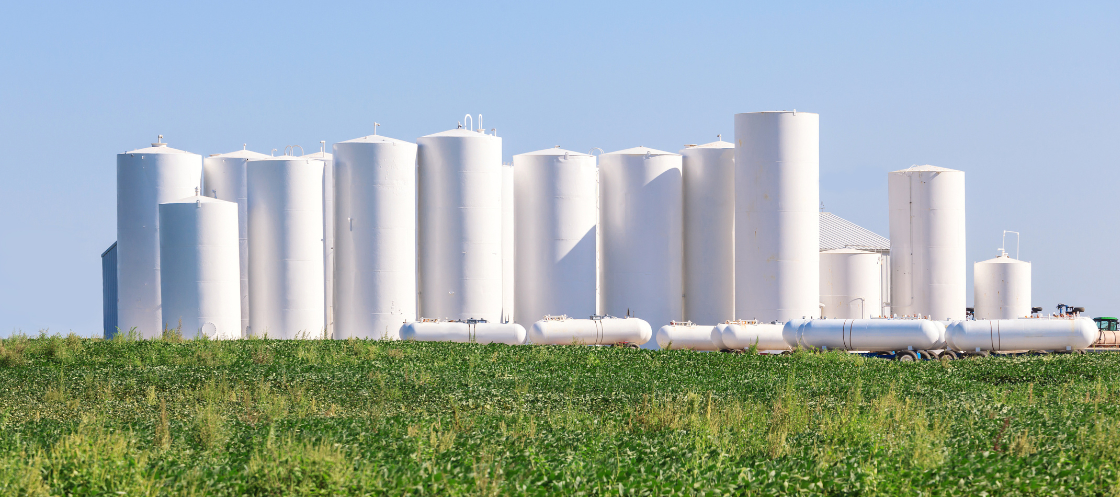
Australia’s first large scale project to decarbonise an existing ammonia plant using renewable hydrogen is set to get underway, with the Australian Renewable Energy Agency (ARENA) supporting a front-end engineering and design (FEED) study at Brisbane’s Gibson Island.
Last week ARENA announced $13.7 million in funding to Fortescue Future Industries Pty Ltd (FFI) in partnership with Incitec Pivot Limited (IPL) to support a FEED study for the development of a large scale renewable hydrogen production facility and conversion of IPL’s existing Gibson Island ammonia plant to utilise 100 per cent renewable hydrogen produced by the hydrogen facility.
FFI (a wholly owned subsidiary for Fortescue Metals Group (FMG)) and IPL’s $38 million project would be looking to investigate the deployment of a 500 MW electrolyser, capable of producing up to 70,000 tonnes of renewable hydrogen per year.
The study will also consider the conversion requirements for IPL’s existing ammonia plant to utilise the renewable hydrogen production and offtake approximately 400,000 tonnes of renewable ammonia per year.
If successful, the electrolyser will be one of the largest in the world, feeding renewable hydrogen into the first fully decarbonised renewable ammonia facility.
The study will also generate important learnings for the industry, developing benchmarks for the economics of large scale renewable hydrogen and ammonia production in Australia, improving the understanding of the technical and commercial feasibility of large scale electrolyser deployments. The study will also provide insights into the feasibility of converting existing ammonia production facilities to utilise renewable hydrogen, and help to further understand the market for renewable ammonia in Australia and internationally.
Ammonia production is a highly energy intensive process, producing about 500 million tonnes annually of carbon dioxide as a result, which is around 1.8 per cent of global carbon emissions, similar in scale to the aviation industry. Ammonia is used in agriculture and industry, with up to 80 per cent of ammonia used to make fertiliser, and the remaining 20 per cent used for industrial purposes such as manufacturing explosives and plastics.
ARENA recently announced $47.5 million in conditional funding to ENGIE to build a 10 MW electrolyser which will produce renewable hydrogen to be fed into Yara Pilbara Fertilisers ammonia facility in Karratha, WA.
ARENA has also previously committed $88 million to renewable hydrogen projects spanning feasibility studies, small scale electrolyser demonstrations, gas blending trials and vehicle deployments.



